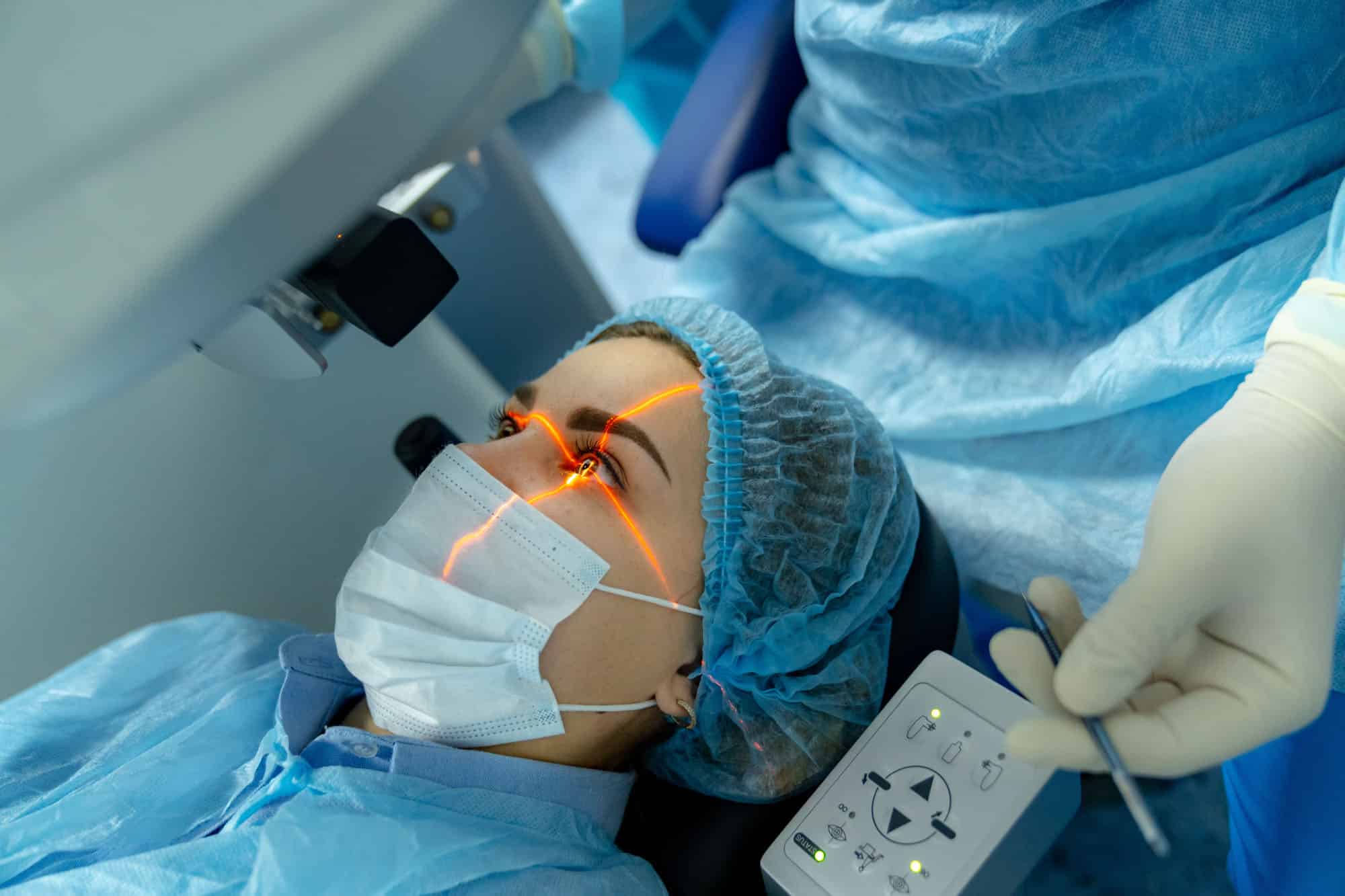
LASIK Has Been Around Longer Than Most People Think
Many assume LASIK is new. That it hasn’t stood the test of time.
But the first LASIK procedure happened decades ago, not recently.
It has evolved with technology, gaining accuracy and safety.
More than 40 million people have undergone the procedure worldwide.
Each year, methods get better, tools sharper, results more predictable.
Yet people still think it’s too recent to trust completely.
It’s Been Refined Over Time With New Techniques and Tools
Modern LASIK is not what it was in the beginning.
Technological advancements have changed every part of the process.
Early limitations created stories that no longer apply today.
Now, lasers are tailored to the shape and needs of each cornea.
Software guides movements that used to depend on manual precision.
Outcomes are no longer general — they are uniquely calculated.
But LASIK Corrects Nearsightedness, Farsightedness, and Astigmatism Too
Many people think LASIK is only for nearsightedness.
But it also helps with farsightedness and astigmatism.
The laser reshapes the cornea’s curve to improve focus.
Light entering the eye gets redirected to land properly on the retina.
The result is clearer vision without relying on glasses or contacts.
More people qualify than they usually expect.
The Laser Reshapes the Cornea’s Curve to Improve Focus
When light doesn’t land correctly, images blur or distort.
LASIK fine-tunes the eye’s structure to fix that path.
Each cornea is scanned and mapped in advance.
This isn’t a one-size-fits-all operation.
It’s custom-designed based on exact measurements.
That precision helps ensure reliable and lasting results.
Complete Blindness From LASIK Is Not a Real Risk
One of the strongest myths is about total blindness.
It’s almost never caused by this procedure.
The laser doesn’t touch the retina or optic nerve.
Complications are possible, but usually minor and temporary.
Common issues include dry eyes or nighttime glare.
With modern practices, severe outcomes are extremely rare.
The Laser Doesn’t Touch the Retina or Optic Nerve
The surgery focuses only on the corneal surface.
It doesn’t reach deep into the eye’s inner structures.
That distance matters more than people realize.
The risk of losing complete vision is almost nonexistent.
Still, fear often outweighs facts when people decide.
Understanding anatomy helps replace fear with knowledge.
What Can Change Is Your Eye Over Time
People believe LASIK eventually stops working.
But the real issue is aging, not the surgery.
As people grow older, natural lens flexibility decreases.
That condition is known as presbyopia.
It affects everyone, regardless of past surgeries.
LASIK doesn’t prevent aging — no procedure does.
LASIK Doesn’t Prevent Aging — No Procedure Does
Reading vision often changes later in life.
That’s not because LASIK failed.
It’s because time continues and the body changes.
People may still need reading glasses years later.
But distance vision improvements usually remain.
Managing expectations is more important than chasing perfection.
Most People Return to Work the Next Day
Another myth is about a long recovery.
In reality, most people resume daily tasks within 24 hours.
Vision stabilizes rapidly for many patients.
Mild discomfort might last a few hours.
But pain is not a common part of recovery.
A few eye drops and rest are usually enough.
Vision Stabilizes Rapidly for Many Patients
You might notice improvement before even leaving the clinic.
Sharpness increases over the next several days.
Some see clearly by the first evening.
Night glare may occur, but it fades in time.
Healing happens faster than most expect.
That speed surprises people who feared a long recovery.
Side Effects Are Usually Minor and Temporary
Light sensitivity and dryness are common after surgery.
But they tend to resolve with simple care.
Doctors prescribe drops to ease any discomfort.
Follow-up visits ensure healing goes as expected.
Side effects vary, but most don’t last long.
Major problems are rare with experienced surgeons.
Doctors Prescribe Drops to Ease Any Discomfort
You won’t be sent home without guidance.
Post-op instructions are clear and easy to follow.
Protective eyewear may be used during sleep.
Avoid rubbing the eyes for several days.
Even these steps are temporary, not permanent restrictions.
Soon, normal routines return with little interruption.
More People Qualify Than They Usually Expect
People often disqualify themselves before speaking to a doctor.
They assume their prescription is too high.
Or they think age limits their eligibility.
But many are actually good candidates for LASIK.
A proper evaluation gives a clearer answer than assumptions.
And sometimes, new techniques open new options.
